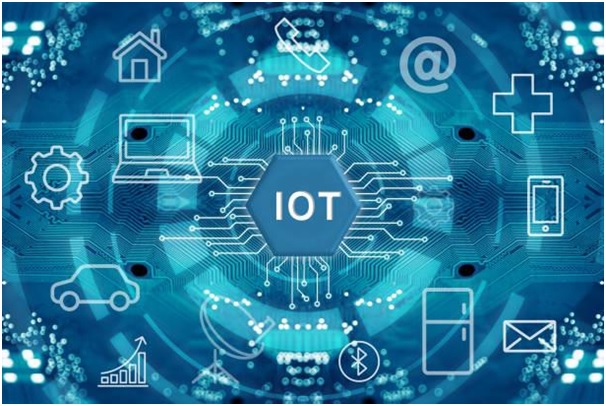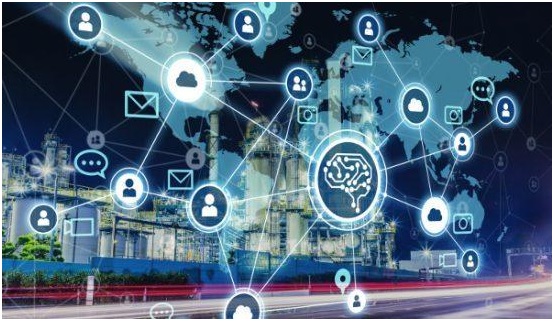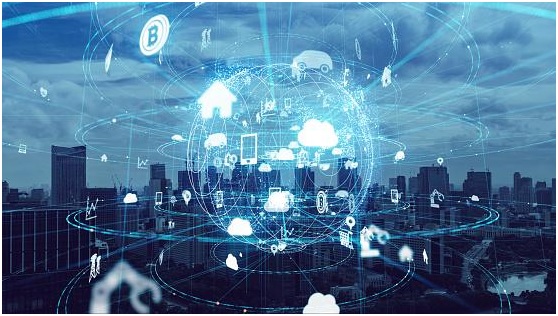
Last updated on : July 12th, 2022 by R Yadav
IoT and cloud computing are becoming increasingly popular terms in the technology sector. These are emerging technologies that have garnered a lot of attention in recent times. But what exactly is IoT and cloud computing? Let’s find out.
The Internet of Things, commonly abbreviated as IoT, is a system that comprises interrelated digital machines and computer systems, objects, people, etc. that are often assigned unique identifiers (UIDs). Through this, they are given the ability to transfer data over a network. It eliminates the need for human-to-human or human-to-computer interaction.
One component that enhances and improves the success of the IoT is cloud computing. In layman’s terms, cloud computing can be defined as the delivery of computing services like storage, databases, software, etc. over the internet or the "cloud" to enable innovation and flexible resources. It also leads to economies of scale. Now, let us read about the top 7 things to know about these emerging technologies.
Cloud computing is responsible for improving the efficiency of daily tasks in conjunction with IoT. It provides a path for data to reach its destination. On the other hand, the Internet of Things generates a huge amount of data. So, cloud computing has the role of working together with the IoT to store huge amounts of data that is easily accessible, and available when needed. Cloud computing is also an easy way to move the data packets generated by the IoT across the web.
Cloud computing and IoT technologies offer a variety of benefits to their users, including speed, reliability, global reach, increased productivity and security, optimum utilization of resources and tasks, etc. According to Gartner, which runs the Gartner digital marketplace, IoT also helps in reducing costs. There is a big opportunity in IoT and Cloud Computing and in fact and quite promising and very lucrative.
These are the most important reasons why many companies are opting for cloud computing technologies. Moreover, cloud computing also offers better overall performance.

This system comprises smart devices that are enabled by the web. They use embedded systems, like processors, sensors, and other communication hardware to act on data acquired from their respective environments. This data is shared by IoT devices to an IoT gateway, from where it is sent to the cloud to be analyzed locally. Sometimes, these devices communicate with other related devices to work on the information they receive from each other. Moreover, the devices do all these operations without any sort of human interference, though people can still interact with the devices, like setting them up, giving instructions, accessing any given data, etc.
While these technologies may offer a bunch of advantages to their users, like all things, they also have a few disadvantages. The development of technologies like IoT and cloud computing is hindered by security concerns regarding insufficient security measures. Most users fear data leaks through them because smart devices collect and transmit confidential information, which, if revealed, can lead to drastic problems. Implementation of IoT infrastructure in a business enterprise implies building an extensive network comprising multiple smart devices and the associated technical infrastructure, including the power supply grid and the communication network. Thus, the induction costs of these technologies are high. Other disadvantages include network dependence, high-skill requirements, etc.

There are various new, emerging, and emerging standards and frameworks for IoT devices. Examples include IPv6 over Low-Power Wireless Personal Area Networks (6LoWPAN), (which is an open standard defined by the Internet Engineering Task Force (IETF)), ZigBee (which is a low-power, low-data rate wireless network used mainly in industrial settings), etc. Frameworks related to IoT include Amazon Web Services (AWS) IoT, which is a cloud computing platform for IoT released by Amazon, Arm Mbed IoT, which is a platform to develop apps for IoT based on Arm microcontrollers, etc.
IoT has recently become popular, but the terminology first originated in 1999. Most sources indicate that Kevin Ashton, co-founder of MIT's Auto-ID Center, is responsible for coining the phrase "Internet of Things." After this, the term quickly became popular amongst other experts. This history is important as it indicates the fact that even though the concepts of IoT and cloud computing are relatively new, they had experts following them back in the early 2000s as well, after which the technology has only evolved in its existence.
IoT and cloud computing have a variety of different uses. They can be used to create new efficiencies in manufacturing through machine monitoring and product-quality monitoring, improve the tracking and "ring-fencing" of physical assets, use wearables to monitor human health analytics and environmental conditions, drive efficiencies and new possibilities in existing processes, and enable business process changes. Various industries, like automobiles, manufacturing, retail, etc. can benefit from these technologies.
Read Also: 7 Common Problems Of Free VPN Services